A Guide to Interior Design Styles: Deciphering Modern, Contemporary, Traditional, and Transitional
In the world of Interior Design, navigating through various styles can be a daunting task. With terms like modern, contemporary, traditional, and transitional thrown around, understanding the nuances between them is crucial for creating a space that reflects your personality and meets your aesthetic aspirations
Let’s discuss how to decode these Interior Design styles, shedding light on their distinctive features and characteristics.
Modern vs. Contemporary:
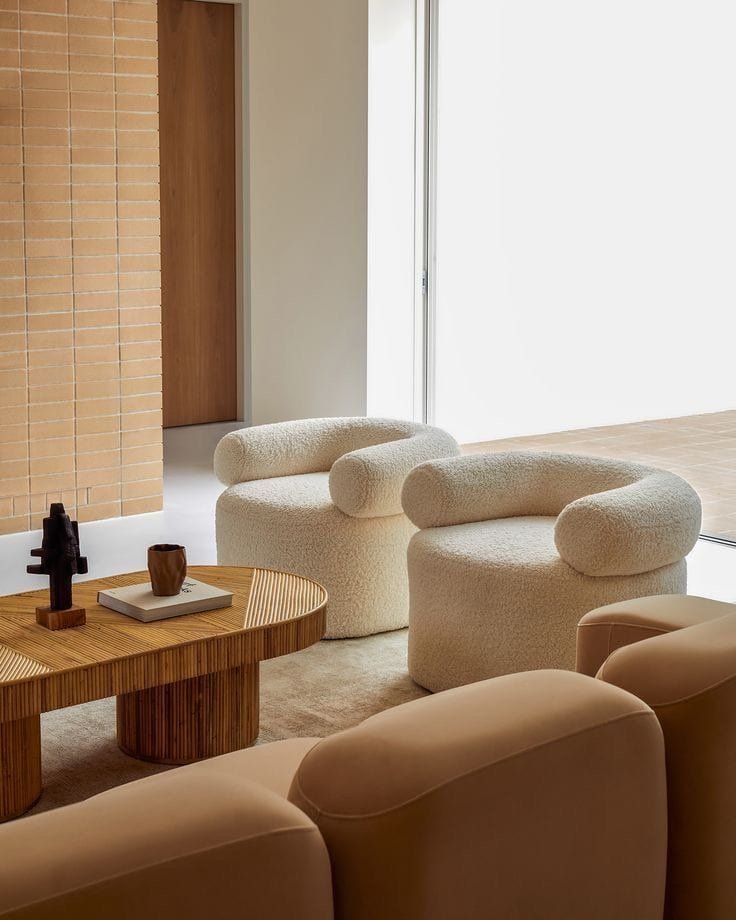
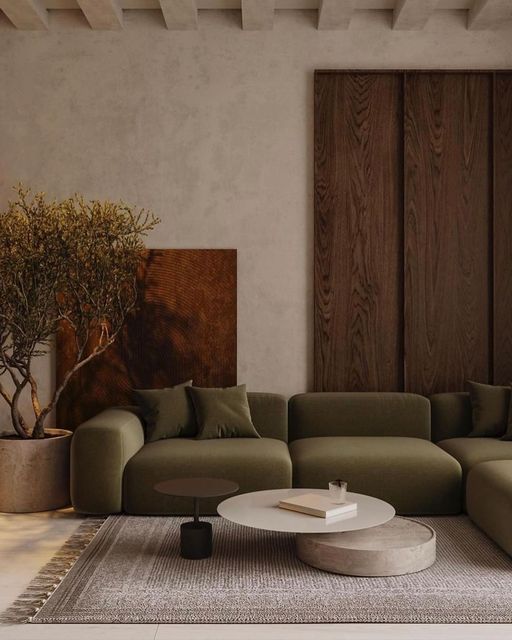
Often used interchangeably, modern and contemporary styles have subtle yet significant differences. Modern design refers to a specific period, typically from the early to mid-20th century, characterised by clean lines, minimalism, and a focus on function. Think of mid-century modern with its iconic furniture pieces and sleek, uncluttered spaces.
Delve into the world of Interior Design styles: from the clean lines of modern to the fluidity of contemporary, the opulence of traditional, and the balance of transitional.On the other hand, contemporary design is ever-evolving, reflecting the current trends and tastes of the time. It embraces a sense of fluidity and experimentation, incorporating elements from various styles while maintaining a cohesive, up-to-date look. Contemporary spaces often feature bold accents, unconventional materials, and an emphasis on open floor plans and natural light.
Traditional vs. Transitional:
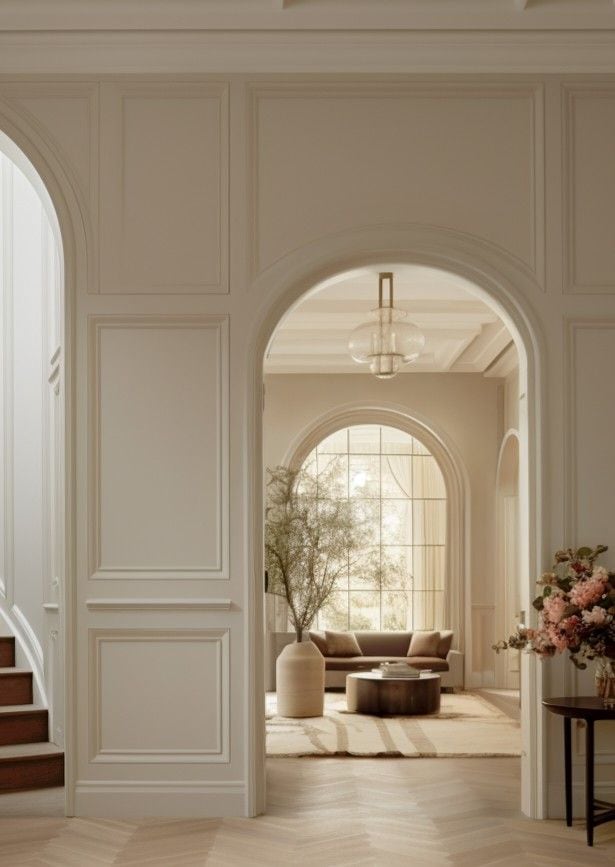
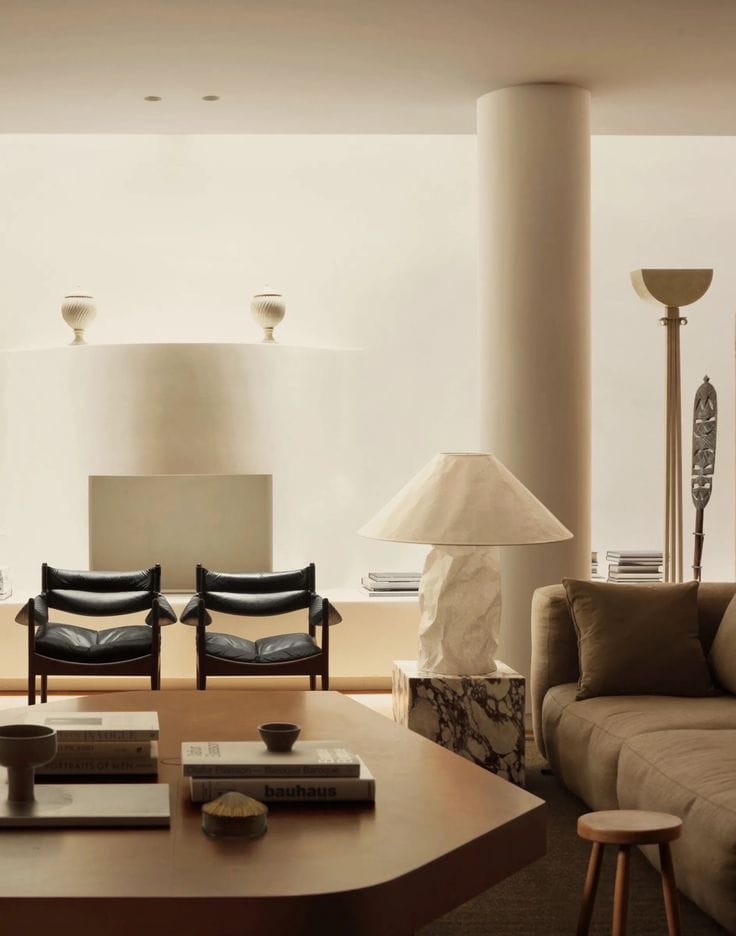
Traditional design pays homage to classic European aesthetics, drawing inspiration from 18th and 19th-century decor. It exudes elegance and sophistication, with ornate detailing, rich fabrics, and symmetrical arrangements. Think of luxurious fabrics like velvet, intricate patterns, and dark wood furniture, creating a sense of timeless elegance.
Transitional design, on the other hand, bridges the gap between traditional and contemporary styles. It combines the warmth and familiarity of traditional design elements with the clean lines and simplicity of contemporary aesthetics. This fusion results in a harmonious balance, offering a space that feels both inviting and refined. with transitional interiors, you might find a blend of classic and modern furniture pieces, neutral colour palettes, and subtle textures for added depth.
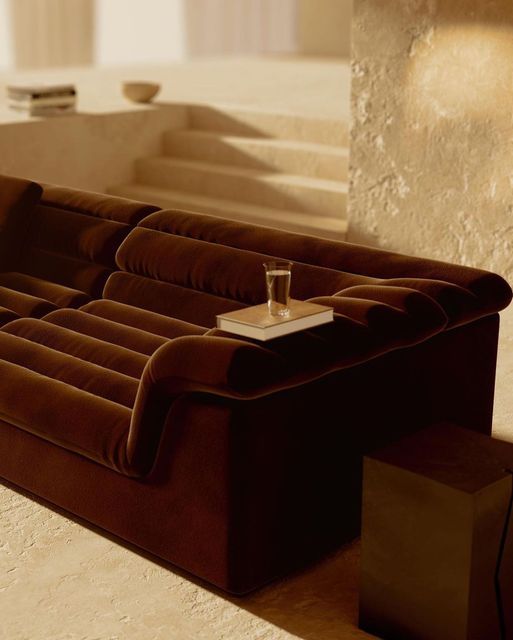
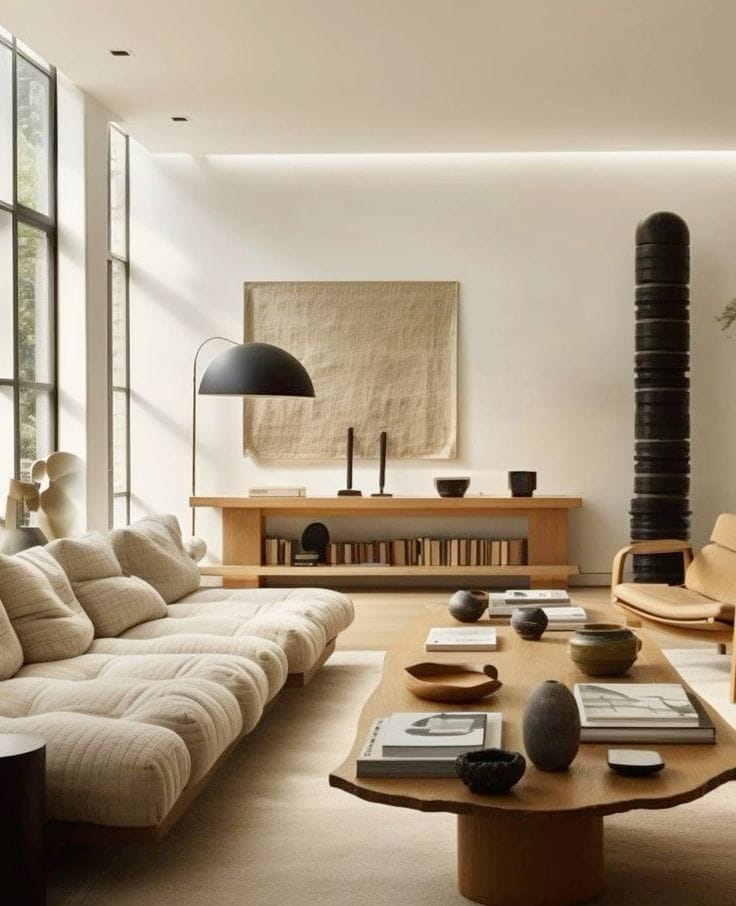
Whether you’re drawn to the sleek minimalism of modern design, the dynamic creativity of contemporary spaces, the timeless charm of traditional decor, or the seamless blend of transitional interiors, understanding these distinct styles will inspire you to curate a home that resonates with your personal taste and lifestyle.
So, whether you’re envisioning a space that exudes sophistication, embraces bold experimentation, radiates timeless elegance, or strikes the perfect balance between classic and contemporary, let these Interior Design styles serve as your guiding light in transforming your house into a home that truly reflects who you are.